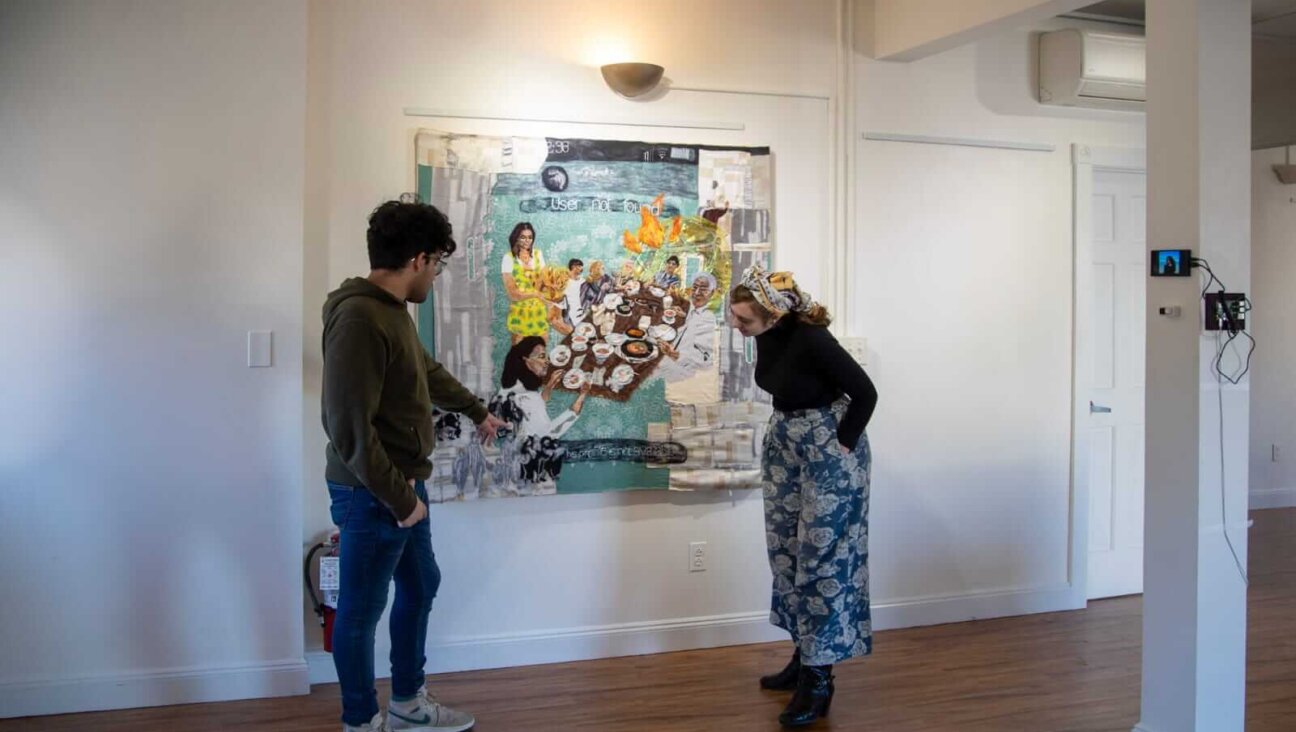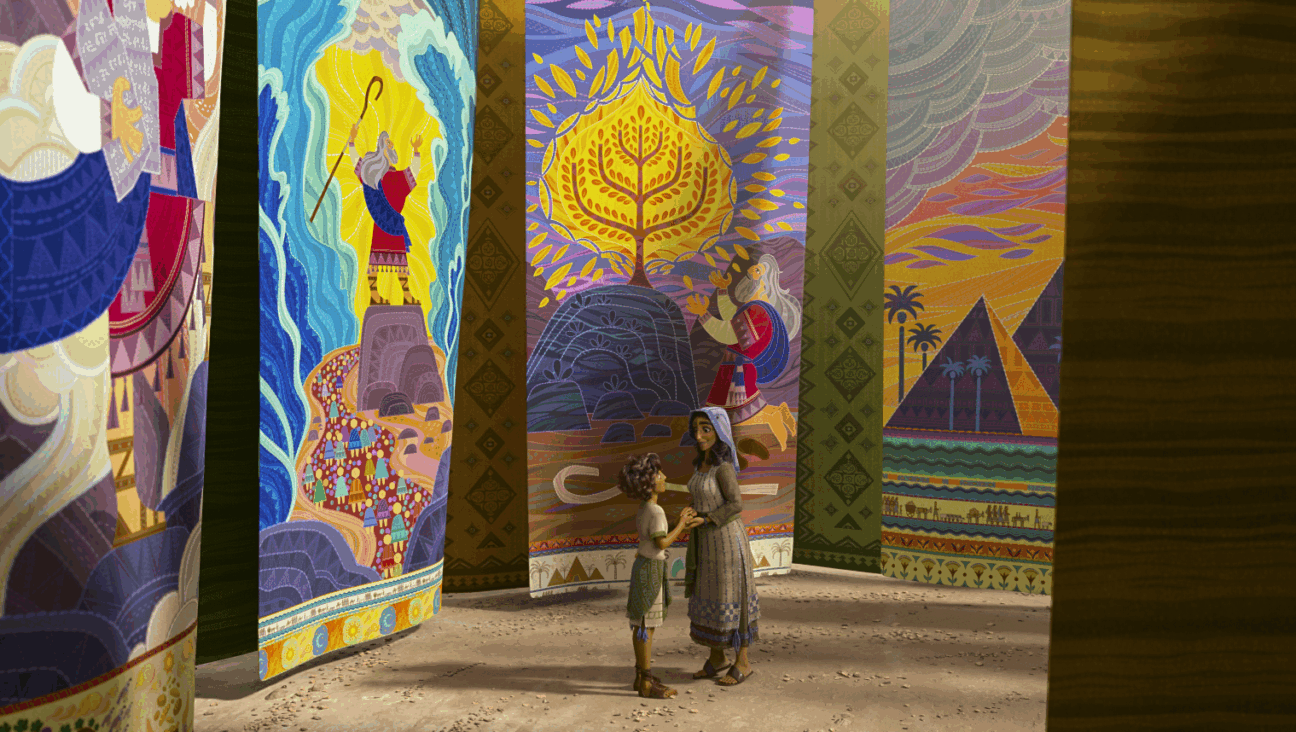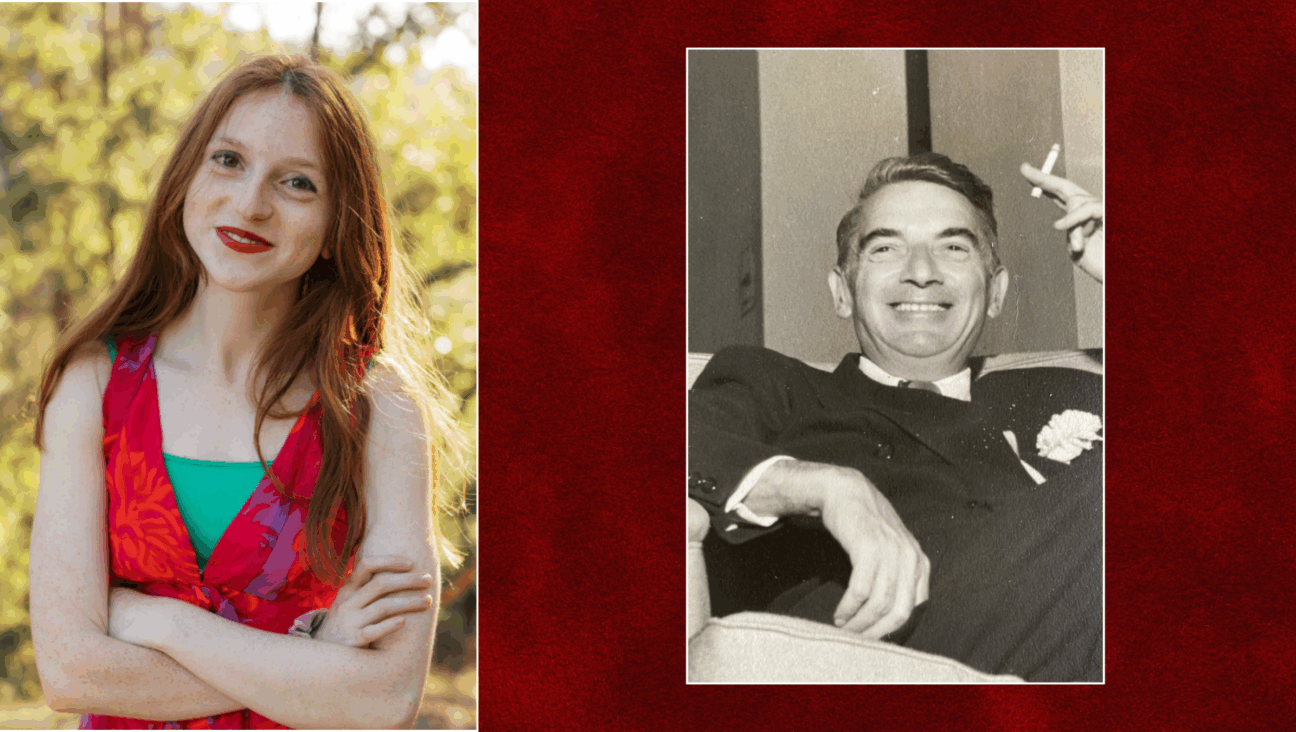Brilliant ‘Crucible’ Returns to Broadway With Gripping Message for Age of Trump

Graphic by Angelie Zaslavsky
“The indigenous American berserk,” Philip Roth called it.
He was writing about the violent, calamitous antiwar counterculture of the late 1960s, when the center would not hold, when prosperous, placid Swede Levov, the Newark businessman at the center of Roth’s “American Pastoral,” saw his idyllic life upended by a beloved daughter who went the way of the Weather Underground. The indigenous American berserk, Roth wrote, is “the fury, the violence, the desperation” that would upend the Swede’s all-American idyll.
It was a berserk time, the late sixties — convention violence in Chicago and Miami, assassinations in L.A. and Memphis, riots in ghettos across the country — that kicked off a generally berserk period, continuing through Altamont and Manson and Watergate and Squeaky Fromme.
But that was all just one outbreak, a prolonged one, of this intrinsically American phenomenon. A decade and change earlier, the berserk had manifested in McCarthyism and its anti-communist witch hunts. And in the earliest, nascent days of the country, it had manifested in the Salem witch trials. The great playwright Arthur Miller’s striking insight was to use the story of that first outbreak as an allegory for the more recent one.
Now “The Crucible,” Miller’s 1953 masterpiece, has come back to Broadway, in a powerful, chilling production staged by the suddenly ubiquitous Belgian director Ivo van Hove. It opened last night at the Walter Kerr with perfect timing, at a historical moment we were on the verge of — or are perhaps already in the midst of — a new flowering of the American berserk.
Miller’s play, more or less based in historical fact, tells of what transpired in Salem, Massachusetts, in 1692 and 1693, as a series of women and girls were accused of and tried for witchcraft. Fourteen women (and six men) were convicted and hanged. It’s an early example of mob rule, of course, of a population succumbing to hysteria, of the power of religious fervor to blind believers to rationality. It’s also, in Miller’s hands, a story of selfishly canny manipulators molding the powers of church and state to their own ends, of impossible choices — confess to witchcraft and live; deny it and be hanged — of the machinery of government, once in motion, concerned primarily with upholding its own legitimacy. It is, of course, about the moral perils of naming names.
Elia Kazan testified before the House Un-American Activities Committee in 1952, and named eight members of the Group Theatre as Communists. “The Crucible” debuted in 1953, and it won the Tony for Best Play. It was remounted in 1954, and it quickly became a classic. In 1956, Miller was called before HUAC, and held in concept of Congress for refusing to name names.
Van Hove’s production — designed by his partner, Jan Versweyveld — never lets us forget that “The Crucible,” despite its Colonial setting, is a morality play, even, arguably, a passion play, about the 1950s. The entirety of the four acts transpires in a ’50s-era classroom, with rows of wooden desks, a chalkboard up front, radiators and PA speakers bolted to the walls, and fluorescents overheard. The performers aren’t in colonial garb but rather a sort of nonspecific 20th century style: the girls in pleated skirts and kneesocks; the men in dark overcoats. This is not the stark, boxed-in battleground of van Hove’s take on Miller’s “A View From the Bridge,” earlier this season — but the effect of the confined and contrived space is similar, reminding us that this a construction, and also that it is a contained space, a pressure cooker. The original music by Philip Glass, a menacing kind of underscoring, only heightens the intensity.
Because that’s what this production is, more than anything else: Deeply, almost frighteningly, intense. What whimsy it contains — a girl flying, witch-like during one interstitial moment; a wolf wandering the stage during another — only serves to underline the feral chaos of Salem. Everything is gray, washed out: the clothes, the set, the lighting. Terrible, profound things are happening.
Saorise Ronan knows this. A two-time Oscar nominee making her Broadway debut, she gives a chilling central performance as Abigail Williams, the clever and calculating girl who sets off the witchcraft accusations to achieve her own ends. She is the ur-mean girl, the charismatic leader who gets the other young girls to follow her untruthful and ultimately murderous lead. So does Ben Wishaw as John Proctor, our moral exemplar. (This being midcentury drama, some of these things are a bit on the nose.) He is the play’s moral heart, a man trying to remain reasonable and rational as the world goes insane around him, ultimately unable to betray his own morals — confess or be hanged, remember — and paying the price for it. Wishaw and Sophie Okonedo, as his wife, Elizabeth Proctor, share some lovely, tender moments, as the machinery of the state inexorably moves against them.
That question of the machinery of the state is what, at least from today’s perspective, makes Deputy Governor Thomas Danforth (Ciarán Hinds) one the play’s most interesting characters. He is not a religious zealot, like Salem’s minister, Samuel Parris (Jason Butler Harner, in a bushy beard and slim-cut topcoat that would make him the envy of Brooklyn), who plays a key role in fomenting the hysteria. Danforth, who runs that court that tries the accused witches, believes in his own rectitude, and in that of God, and of the law — which is why he cannot countenance the possibility that the proceedings he’s supervising might in fact be unjust, even fraudulent. In Hinds self-assured performance, you see the occasional flicker of doubt, quickly suppressed. Power cannot admit its illegitimacy and remain in power.
The berserk that captured Merry Levov aimed for revolution. But Salem’s berserk, and Joe McCarthy’s, was counterrevolutionary, born from desperation to protect the status quo. So is Donald Trump’s. The indigenous American berserk is scary enough when it is threatening institutions; this brilliant revival of “The Crucible” reminds us that it’s both scary and dangerous when it controls them.
Jesse Oxfeld has written about theater for the New York Observer and Entertainment Weekly.
















